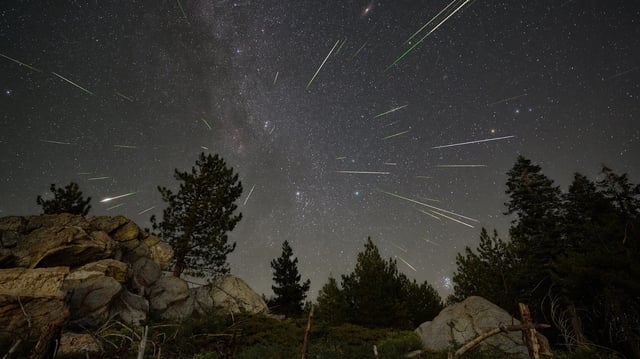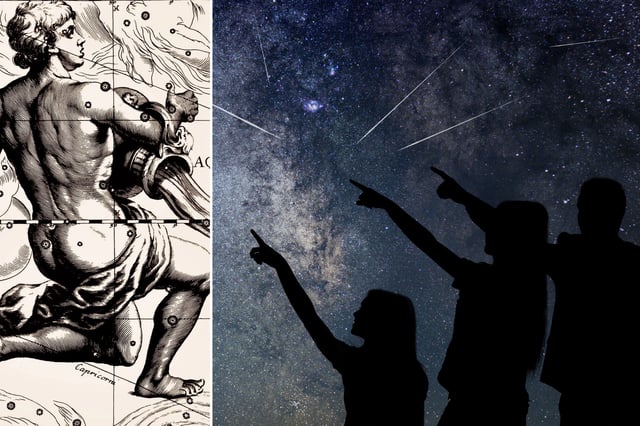Overview
- The Southern Delta Aquariids will deliver up to 25 meteors per hour and the Alpha Capricornids will add 5–10 bright fireballs when both peak late tonight into early Wednesday.
- Dark pre-dawn hours around 3 a.m. local time under a waning crescent moon will maximize visibility across both hemispheres.
- Both showers remain active through August 12, offering several nights for skywatchers to catch the display despite possible cloudy weather.
- Observers need no equipment but should seek out rural or dark-sky sites and allow at least 20 minutes for their eyes to adapt to darkness.
- The Perseids continue until August 23 but will be diminished by a full moon at their mid-August peak, making late July the ideal window for their brightest meteors.



